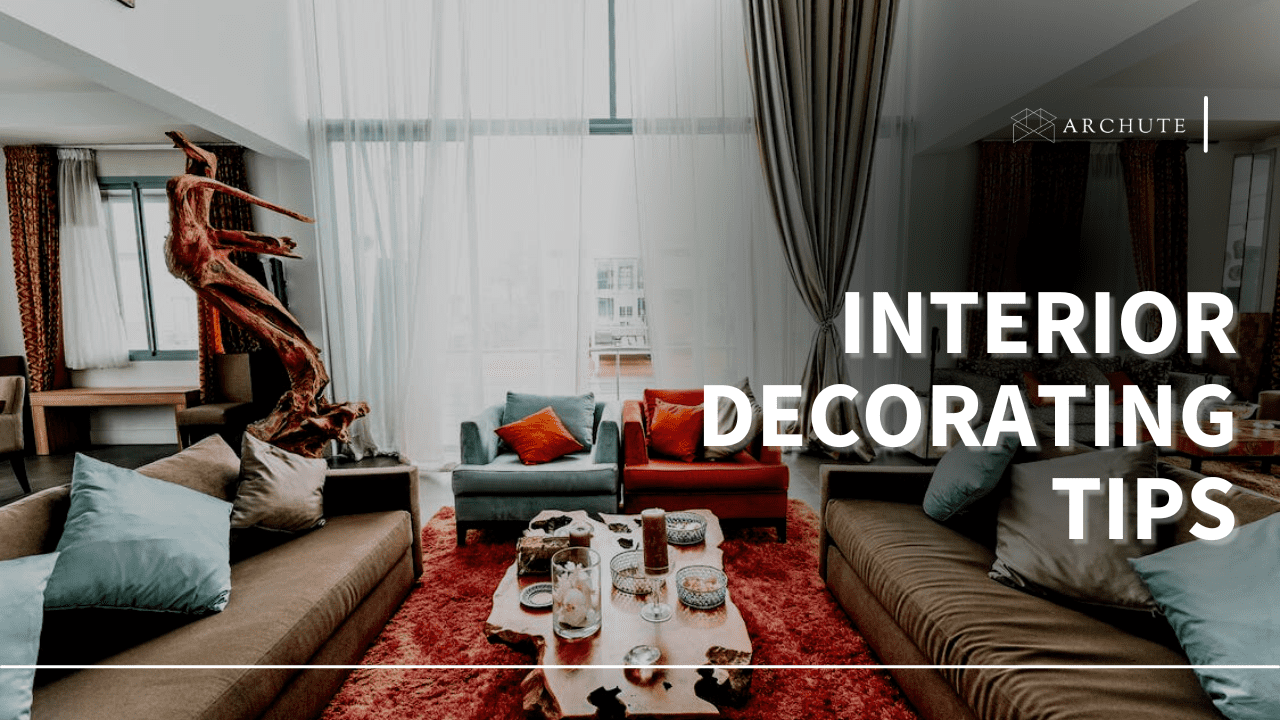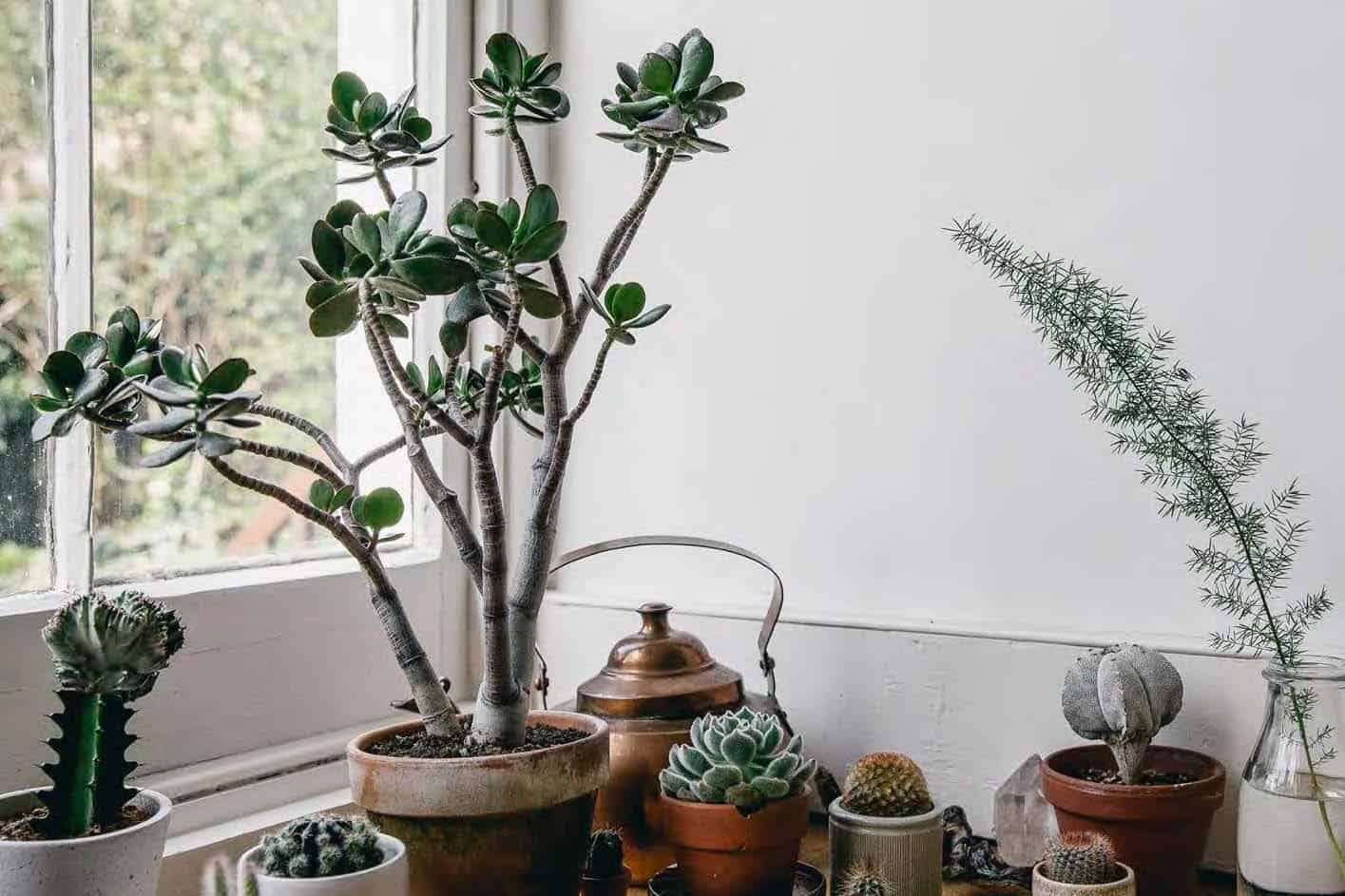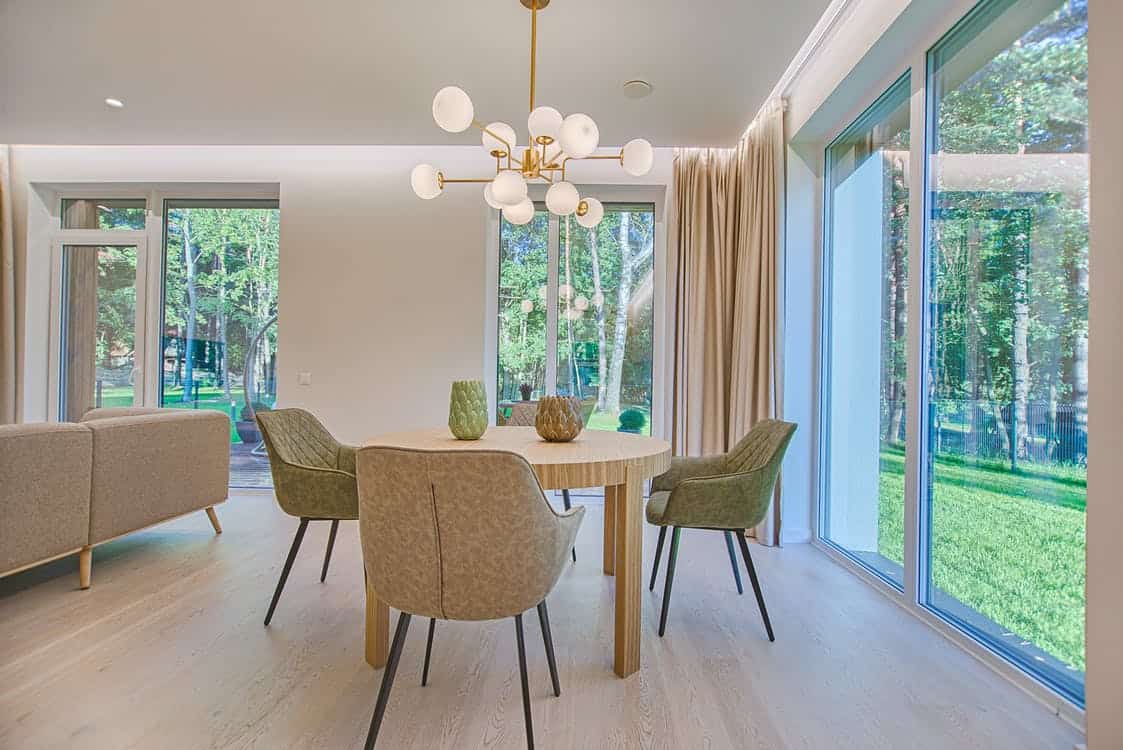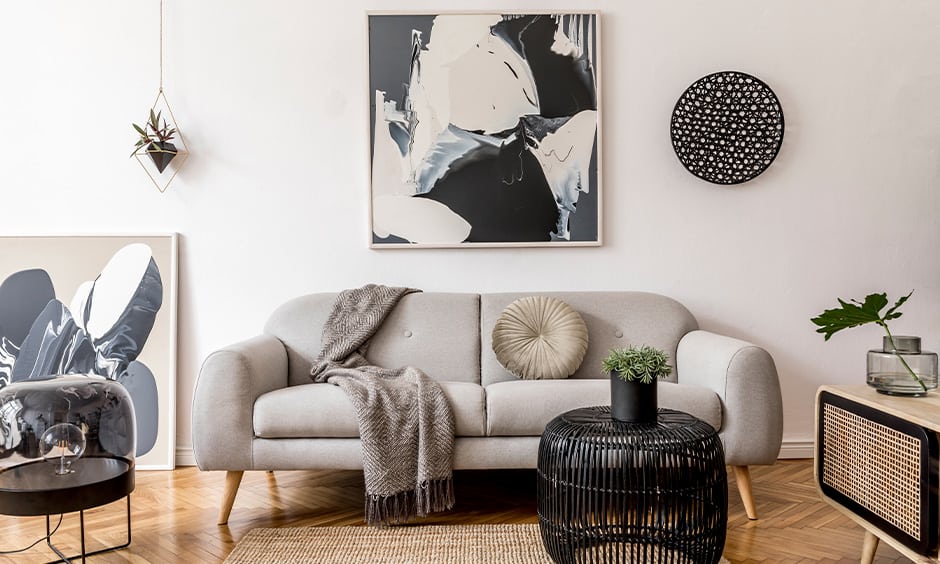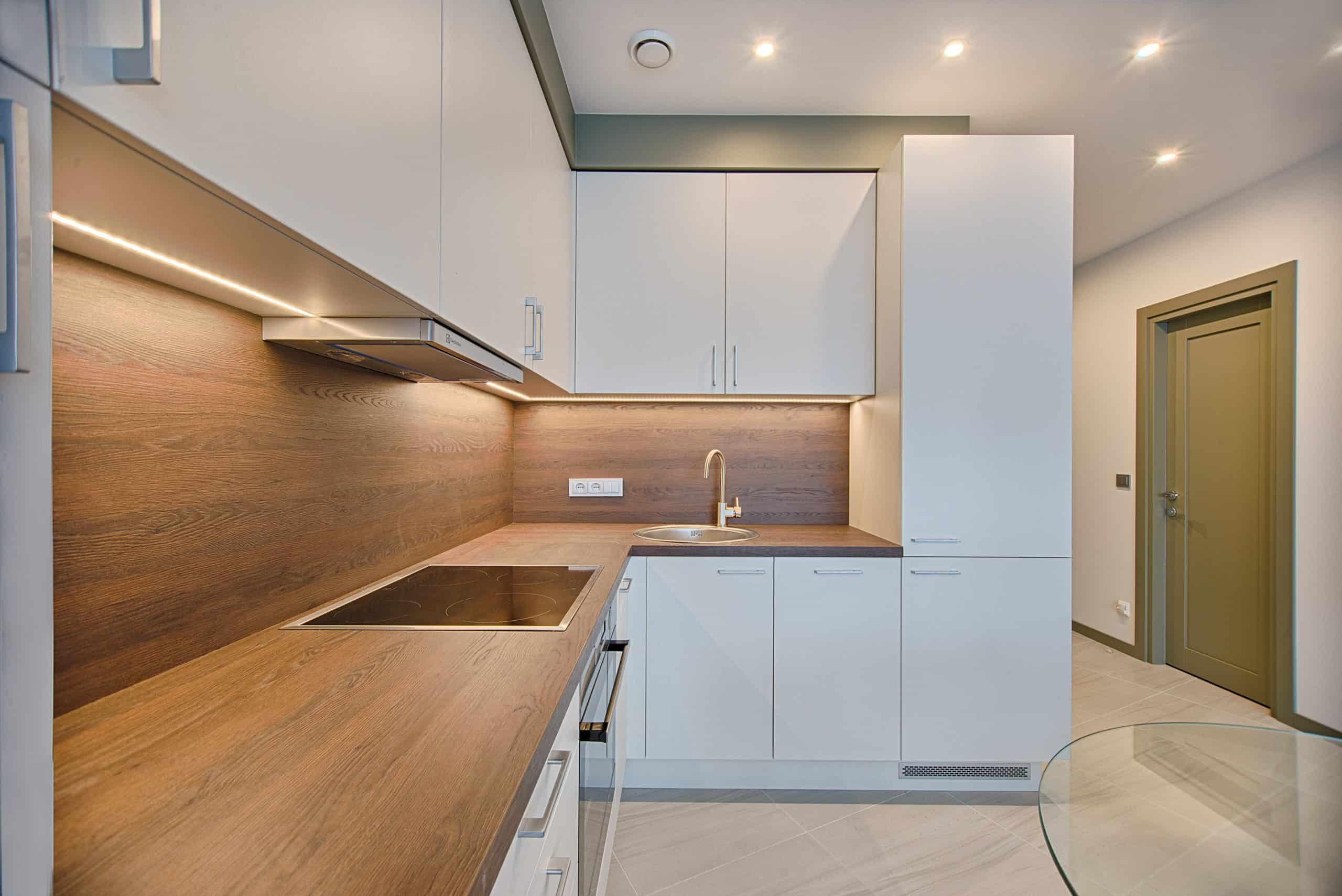Your home should be the best place on earth for you. It is where you recharge to face what your work life brings and where you spend invaluable time with your loved ones. But, if your home does not inspire rejuvenation, calm, and confidence, it is time to redecorate. Still, trying to figure out where to start? This article will share the best interior decorating tips you can use today.
There are so many benefits of redecorating your home. For instance, it reduces clutter and improves your home’s worth if you ever need to resell it. At the same time, redecorating is a healthy exercise that will boost your happiness and calmness and improve your sleep and creativity.
Luckily, you do not need to hire expensive interior designers for the job. In most cases, you can redecorate on your own by adjusting the littlest of things. So, read on to find which tips require little physical and financial effort and which could require an interior designer to accomplish.
1. Get A House Cleanup
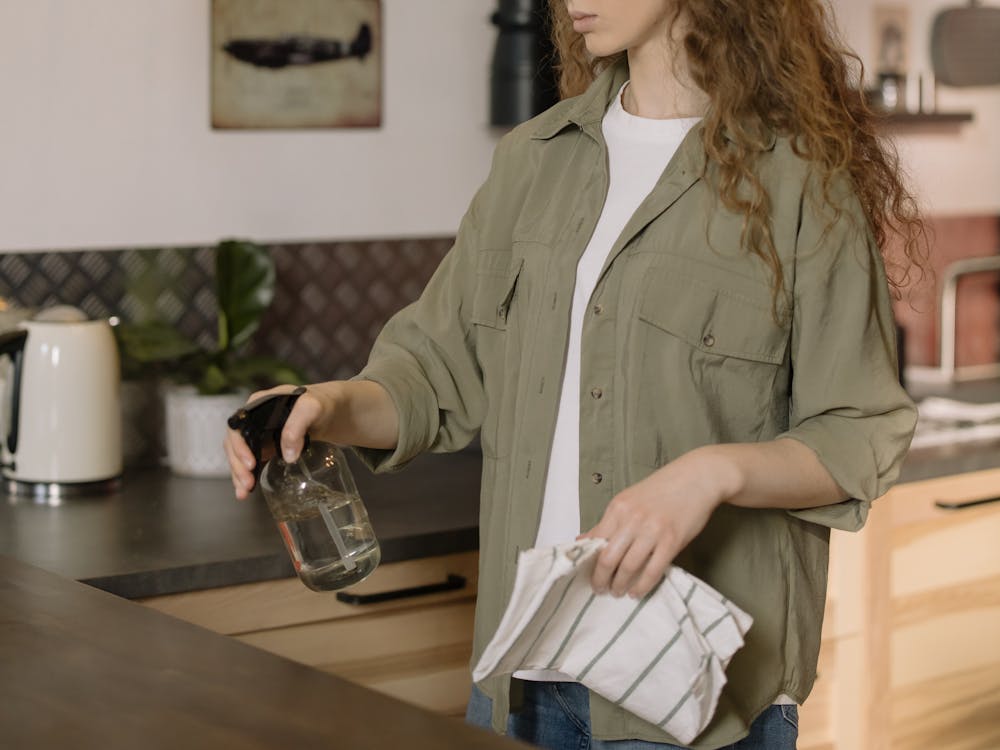
Image Credits: pexels.com
Before renovating your new house, you should clean it up before making any changes. Sometimes, all your house needs to feel new and elegant is a thorough cleanup, after which you can rearrange furniture and decor pieces to create a fresh look.
If you’re cleaning yourself, prepare all the supplies and get started. First, clean the cabinets, counters, and other hidden areas to keep the space in order. On the other hand, you can also hire cleaning services to do the task for you.
2. Update the Layout
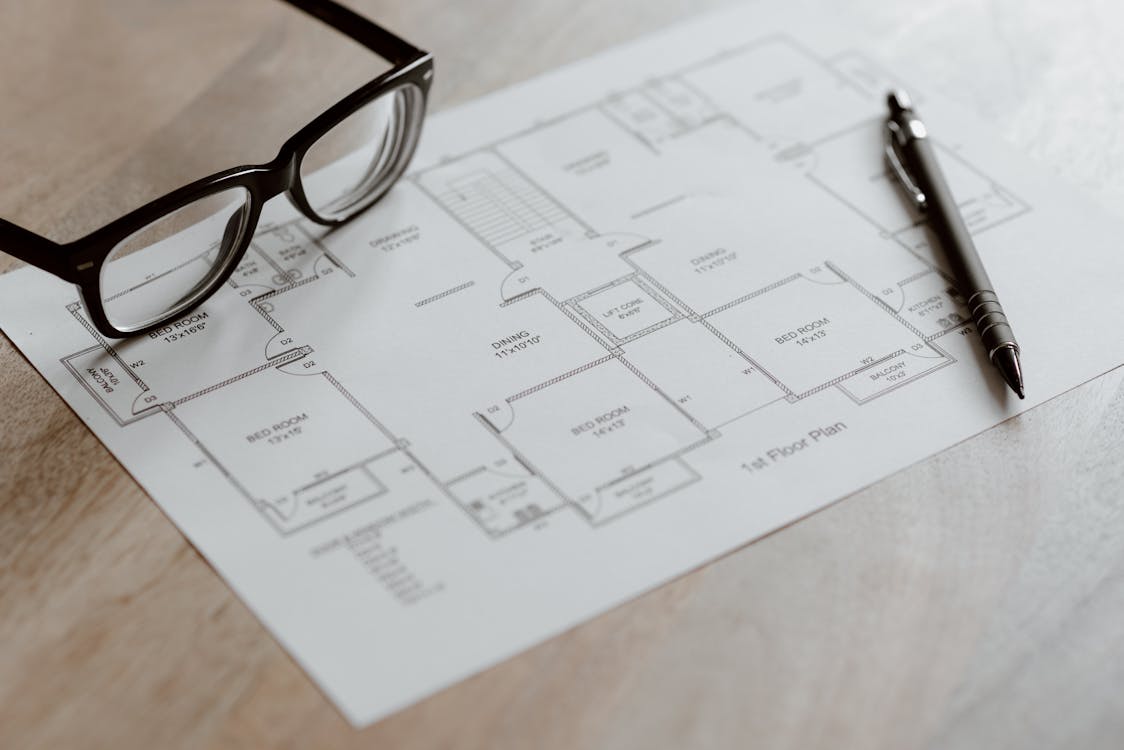
Image Credits: pexels.com
Sometimes, updating the layout can be as complicated as redrawing the home design, so you must look for the best architects and interior designers. This process can involve tearing down walls and erecting new ones in different areas. However, it is a good way to increase space for new decor.
But, if you are content with your current layout, you will need to rearrange furniture pieces to improve the look. The main benefits of rearranging furniture are defining balance, directing traffic flow, and removing clutter. So, when rearranging furniture, ensure you leave enough room where people can move around.
3. Consider the Best Interior Design Balance

Image Credits: pexels.com
Interior design balance is a fundamental aspect that affects how your home looks and feels and defines functionality. There are three main types of interior design balance to consider: symmetrical, symmetrical, and radial. In addition, the color scheme you choose for your house will also affect how balanced your space looks. Not sure how to achieve balance as you redecorate? You can take these interior design quizzes to get a better idea.
4. Select A Color Scheme
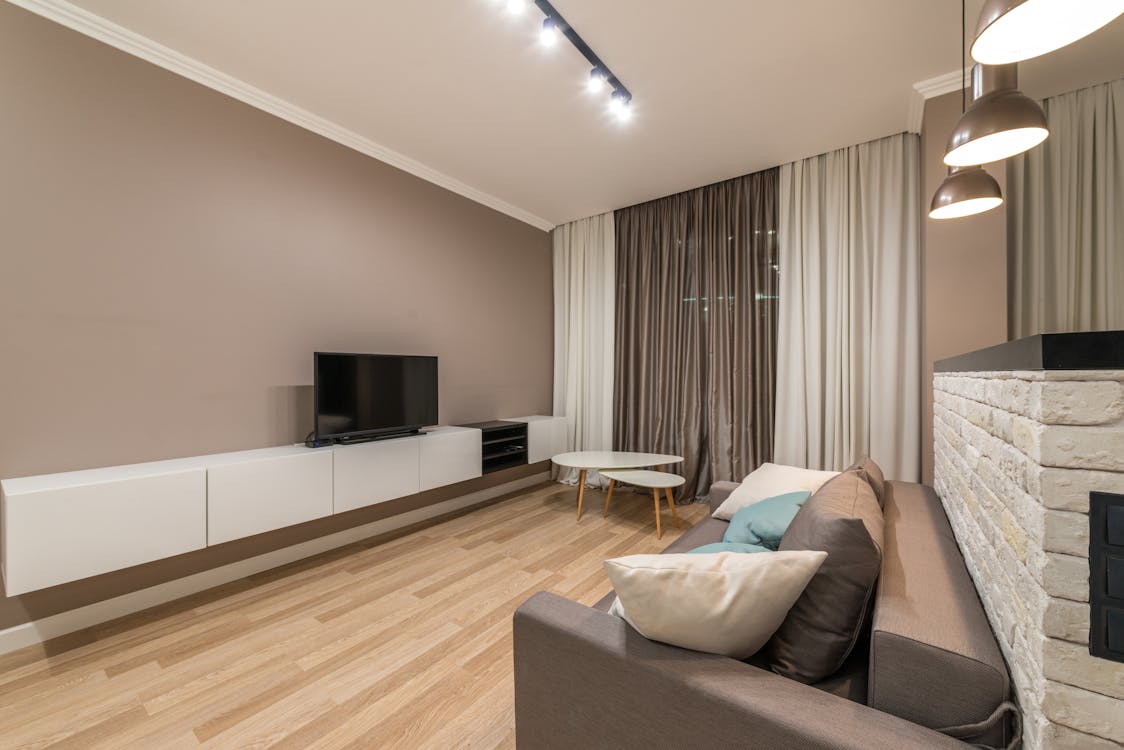
Image Credits: pexels.com
When it comes to interior design, choosing a color scheme for every room is also essential. Color is a fundamental quality in our visual perceptions, and the color scheme you choose can affect your quality of life. For instance, some colors improve your moods, while others can leave you stressed.
When choosing a color scheme for your interior design, consider different room features like walls, upholstery, floors, and furniture. Be sure to consider the kind of furniture you want to buy when selecting wall paints. Remember, the wall colors you choose should complement the room’s theme.
With plenty of colors available today, take your time and get the one that can give your new house a comfortable and inviting look. But remember to balance the colors for psychological comfort.
To do so, choose a color palette with warm or cool tones. Warm tones are colors like red, yellow, and orange, which spark energetic sentiments. However, these colors can also cause restlessness, so you want to create a healthy balance with cool tones like purple, green, and blue or neutral tones like creams and grays.
5. Play With Patterns
Image Credits: achitecturaldigest.com
After choosing the best color palette for your interior decor, you can also work with different patterns to create more interest in the spaces. Contrasting patterns are stylish and unique, and there is no boundary to how far you can take your creativity. For example, you can choose contrasting patterns on the floor tiles using different colors, shapes, and sizes. You can also use patterns on walls or fabrics.
6. Play With Proportions
While aiming to create balance in your home, one of the best interior design tips tells you to play with proportions. Essentially, you mix and match big and small furniture pieces so a room appears manageable and exciting.
7. Play With Textures
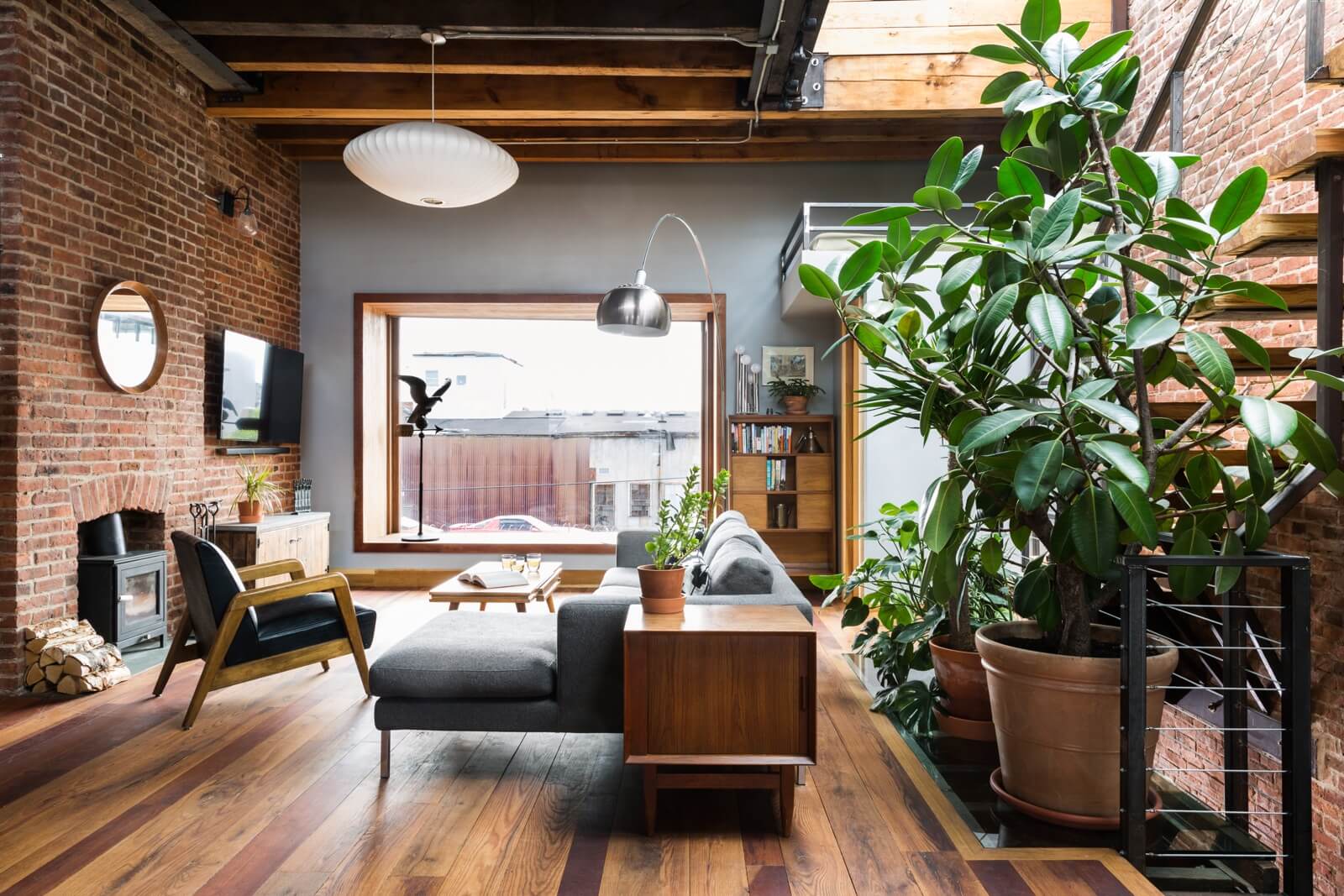
Image Credits: brownstoner.com
In the same way, you can get creative with colors and patterns, you can also mix and match different textures to add uniqueness to your interior spaces. An easy way to incorporate different textures is to pick one type for the floor and a different texture for the walls.
Alternatively, you can work with different textures for your upholstery. For example, you can use velvet throw pillows and a knit blanket on your couch. In addition, a ceramic vase atop a wooden table is a nice touch.
8. Understand Your Room Sizes
This is a vital interior design tip to get the best room furniture. As mentioned above, you want to maintain a healthy balance in your rooms, so it makes sense to have the correct room measurements before you buy furniture. For this, you will take ceiling, wall, and floor measurements to get furniture that fits each room’s size, shape, and layout.
9. Use What You Have As Home Décor
It’s worth remembering that a home makeover doesn’t have to be costly. At some point, you can utilize all the items in your possession as home décor for your new space. Just give your things a second glance and see if you can use them to decorate your interior.
For example, you can hang some of your family portraits or favorite paintings against the wall to create great wall art. The rule of thumb when reusing items you have is to keep those with sentimental value, as these generally make you feel good about your space. So, if you are moving to a new place, pack these items properly and let professionals transport them safely to your new destination. Typically, most moving companies are experts in moving valuable possessions securely.
10. Decorate With Versatile Pieces
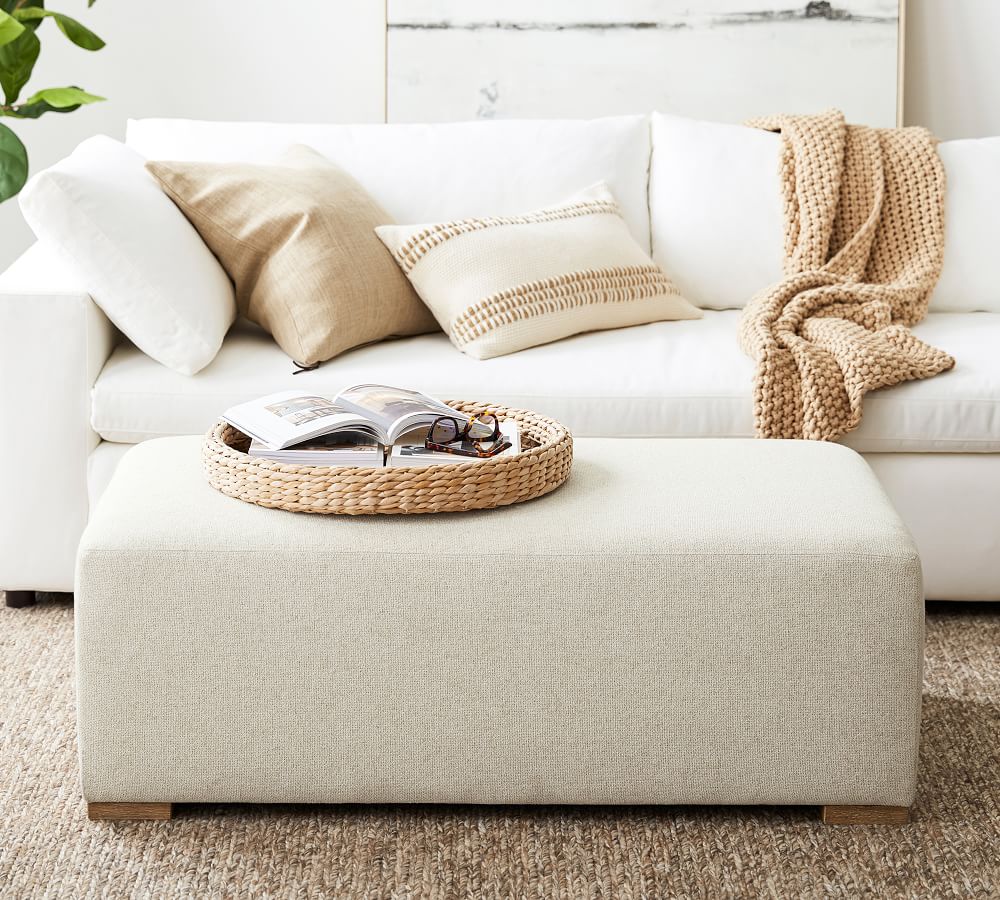
Image Credits: potterybarn.com
Designing interior spaces makes it easy to use too many pieces that make a room look cluttered. One way to mitigate this is by using decor items that can multitask. Versatile pieces optimize your living room and other spaces for functionality while removing clutter.
Need help figuring out how to do that? You can use a tray to transform an ottoman into a coffee table or snag pillows that can create floor seating options when you have guests.
11. Consider Proper Lighting Placements
Another vital element of interior design is lighting. When lights are installed in their proper places, they’ll definitely improve the look and vibe of your new home. Ensure that every light fixture is placed in a way that provides illumination throughout the space.
Some of the best lighting fixtures to add to your rooms are lamps, recessed ceiling lights, chandeliers, and wall sconces. Most interior designers can incorporate all these light fixtures in the same room, and you can, too. Just ensure the best light bulbs for cozy color temperatures, and ensure all are placed for functionality and to complement the other light sources.
12. Go Green

Image Credits: pexels.com
Houseplants, for instance, can make each room more refreshing. They’re also one of the cheapest ways of decorating your place. In addition, by adding plants, you can purify the air and remove toxic pollutants. Let’s face it – your new location will feel and look like home with these beautiful greens.
13. Add Comfortable Furnishing
In today’s world, you can get the most out of several varieties of textiles and textures in the market. These furnishings, for instance, can give comfort to your room interiors. If you want to surround your place with softness, you can play around with accessories like cushions and pillows on bulky furniture items like big couches. That way, you can transform even the boring corner of your new house.
14. Have Enough Storage Space
You can decorate your interior wall by having enough storage space for all your stuff. Consider storage ideas like closets, cabinets, and boxes to prevent cluttering your spaces. These are superb ways to store all items, including clothes, shoes, cleaning supplies, and more, out of sight so you can leave more space for beautiful decor items. You can enlist the help of experienced movers to make unpacking an easy and smooth process.
15. Keep Furniture Pieces From the Walls
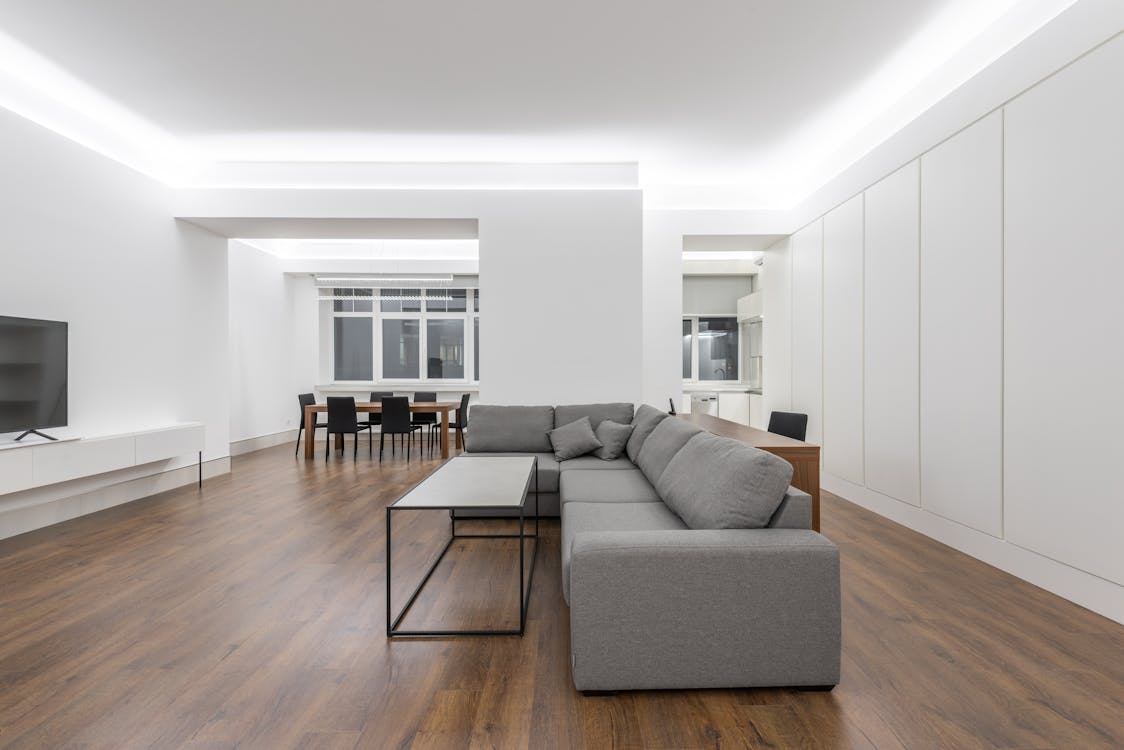
Image Credits: pexels.com
This is one of the top interior design tips for small spaces. The last thing you want is a layout or furniture arrangement that emphasizes the small size. Rather, you want to find ways to make your rooms look bigger. So, do not arrange furniture against the walls. Instead, bring the furniture towards the middle of the room, which will define functionality and also direct traffic flow.
16. Hang Your Art Collection Low
When decorating a room with art, you want to hang them at a safe eye level so they easily grab the attention of all visitors. This is especially clever if the art is dear to you, as it will be an easy conversation starter. Any professional interior designer will tell you a good height for your art collection is 60-62 inches from the floor.
17. Decorate the Ceiling
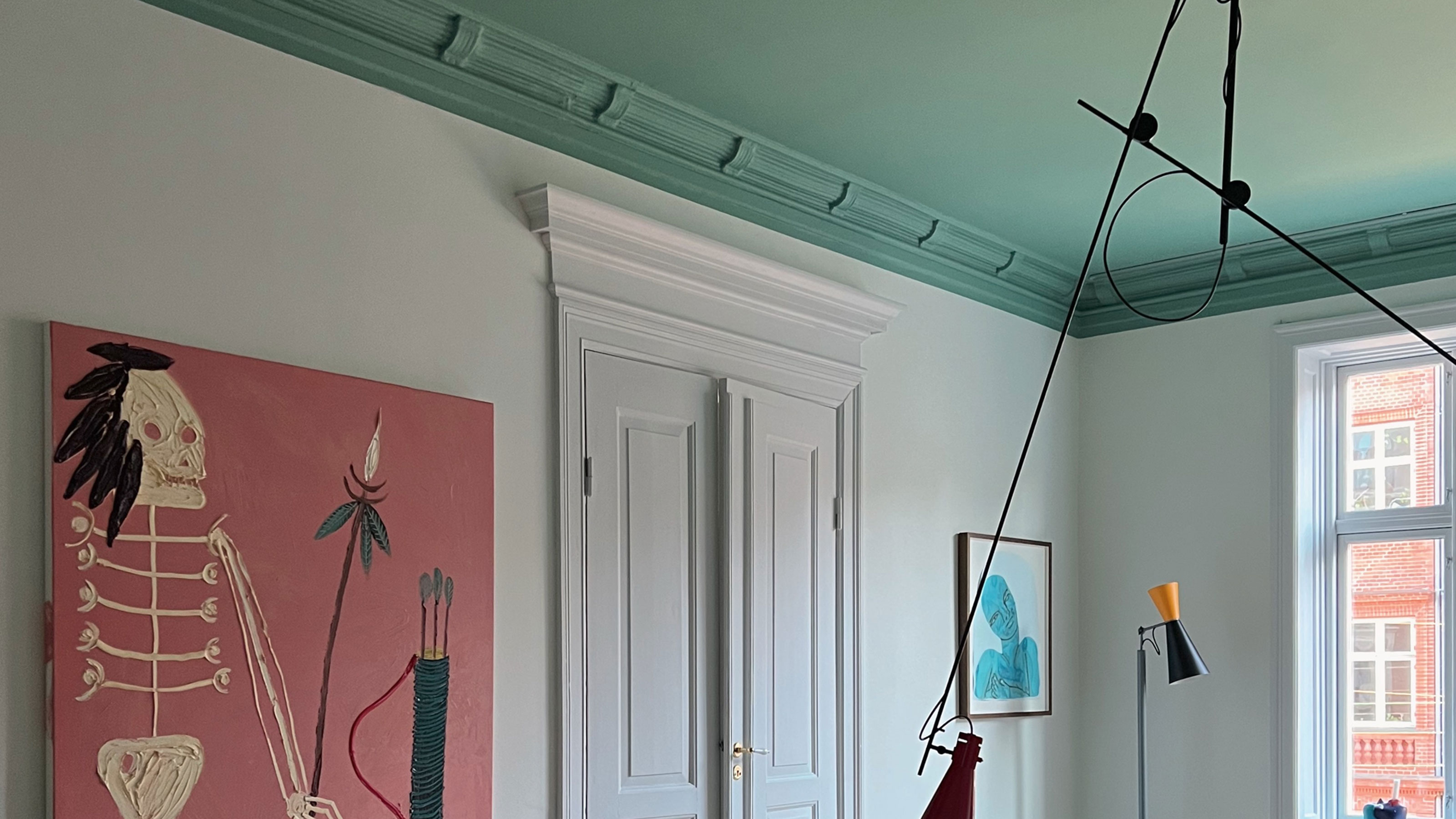
Image Credits: livingetc.com
While it is effortless coming up with floor and wall decor ideas, the ceiling is harder to decorate. However, it is one of the most eye-catching areas, as you’ll find your eyes drawn from the floor up. Chances are, every guest you welcome will look at the ceiling at least once. So, it makes absolute sense to add some interest to that area. You can decorate a ceiling using bold patterns or unique paint colors or leave it textured to spark curiosity.
18. Upgrade Switch Plates
Remember, not every redecorating project needs to break the bank. Sometimes, minor changes in prominent places can make all the difference. Switches are some of the most used features inside your home, so they present a good opportunity to add authenticity and style.
Unfortunately, most houses come with white switch plates that appear dull with walls painted in bold colors or if there’s a bold theme going on in the house. So, you can swap the white plates with colored, patterned, or textured plates to match the interior style.
19. Play With Heights
Another way to create uniqueness in your interior design is by playing with different heights for your decor items. For example, you can pair tall decor with short items, e.g., furniture with tall houseplants or taller wall art with small wall art. The goal here is to guide the eye line, so ensure the small pieces lead the eye to the taller pieces.
20. Transform Design Flaws
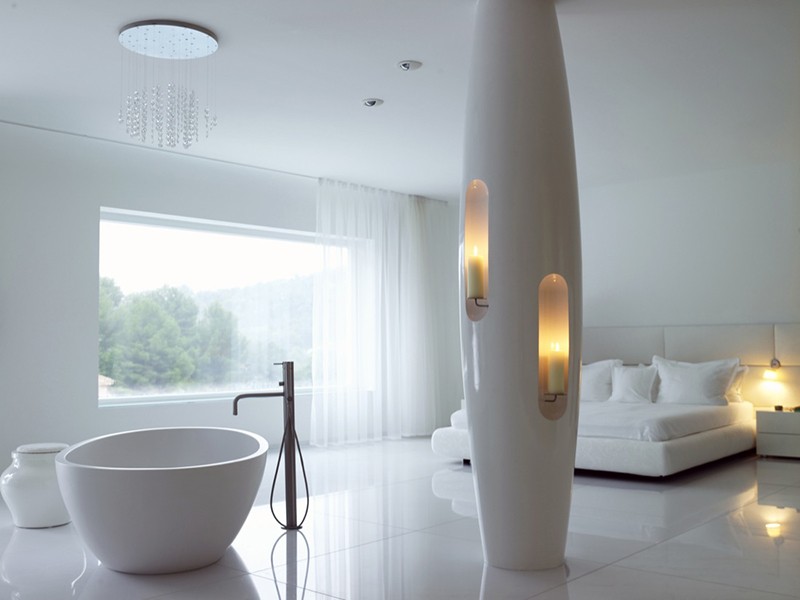
Image Credits: contemporist.com
Do you have a column in a room that displeases you? Or maybe it’s a weird corner? Could it be weathered floors or a slopped ceiling? There is a high chance there is an aspect of your interior layout that you don’t like. So, highlighting it might be a better idea instead of covering up the imperfection.
These imperfections add authenticity to your space, so highlight them using colorful decor items or bold paint to create unexpected interest.
21. Pay Attention to Wood Stain Undertones
Wood stain colors can make or break a room’s style. When choosing the best undertones, you want to gravitate toward timeless ones that do not limit your decor choices. However, some undertones, like red or orange, are too extravagant and can throw your design off or even complicate the home’s sale in the future.
So, go for calmer undertones that are easy to work with, and ensure you keep the look consistent in all rooms.
22. Mix and Match Furniture
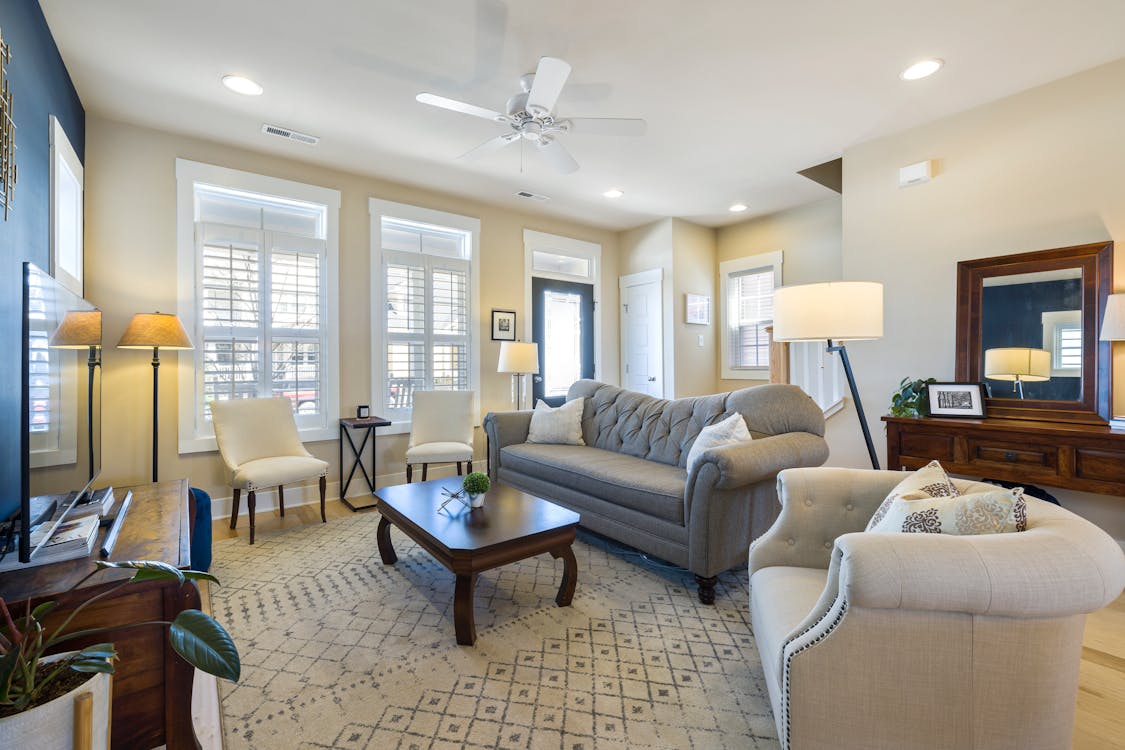
Image Credits: pexels.com
If you are after a dynamic look, you will want to mix and match furniture pieces or sets. Opt for options that do not match in color, material, texture, periods, size, and functionality. Juxtaposing these features will add a healthy contrast to your room.
23. Design A Focal Point
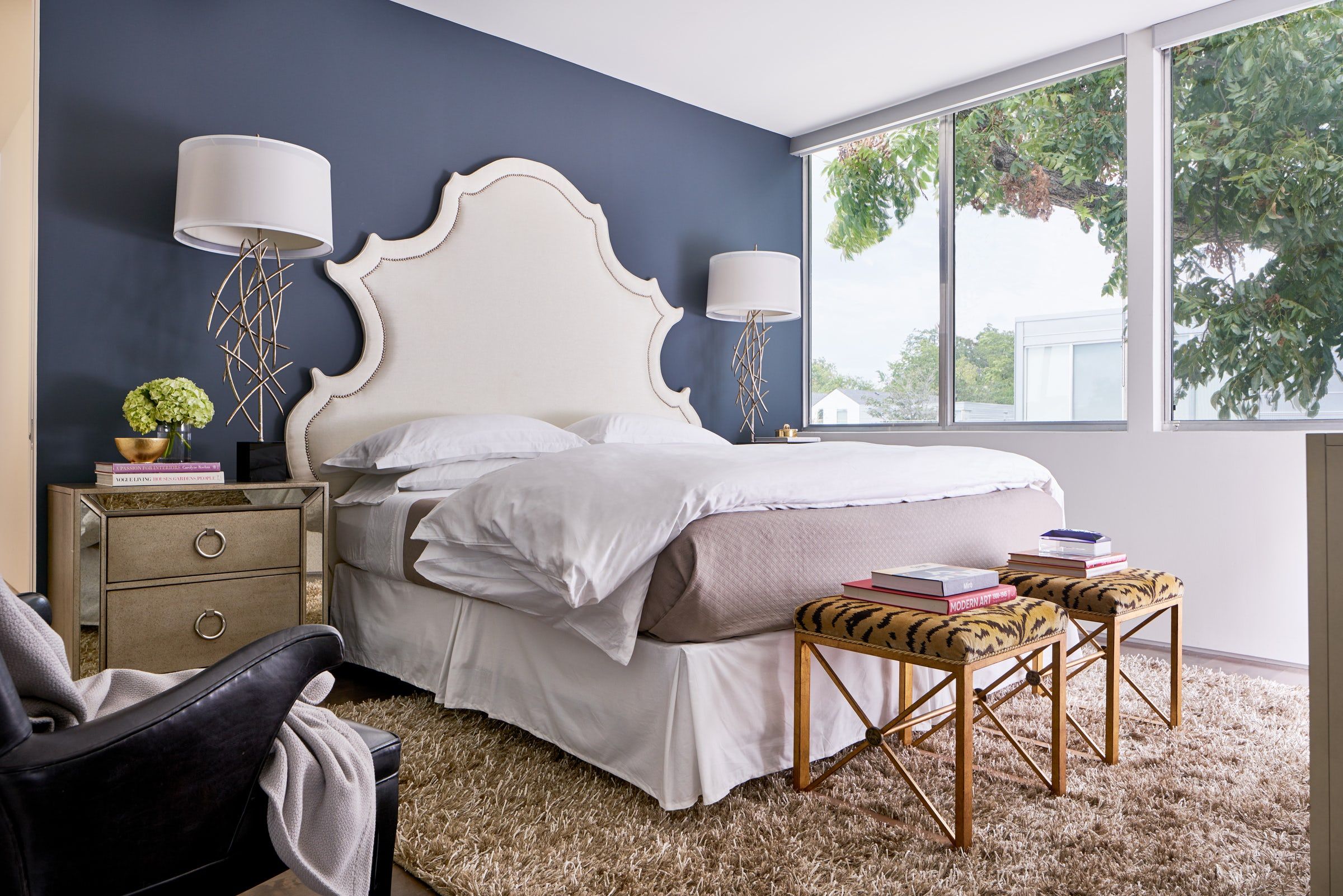
Image Credits: elledecor.com
Every room needs a prominent point where you can direct other design elements. You can make this a fireplace in the living room, an oversized light fixture in the kitchen, or an accent wall in the bedrooms or living room. A focal point is a good way to add character and the element of surprise in a room.
24. Embrace Negative Spaces
Negative spaces are blank spaces between your decor items. The main goal of incorporating a blank space is to rest the eye and mind while highlighting prominent items on display.
25. Work On the Entryway
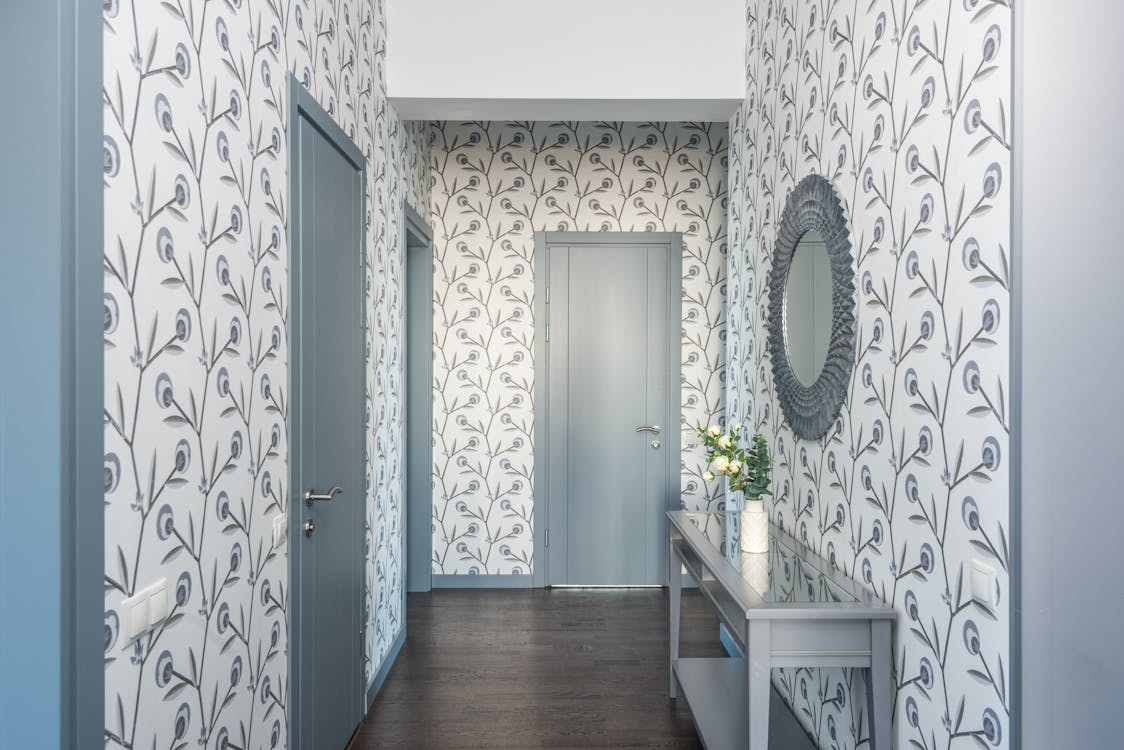
Image Credits: pexels.com
The entryway creates the first impression of your house, and you want a say about it. The area defines your style and character. So, add design elements that communicate your touch. These could be a unique table with a bowl for keys, a stylish mirror, or a beautiful, welcoming rug.
26. Utilize Mirrors
Suppose your interior space is small. The last thing you want is to highlight the small size, which is why you need to use mirrors. Mirrors can create the illusion of space while reflecting more light into the room. If you have a decor item with sentimental value, you might want to fix a mirror on the adjacent wall, so it remains visible to everyone in the room.
27. Use Murals
Do you live alone? Or do you have a special room you spend most time alone? The room can feel lonely, so installing a mural is a good way to create the illusion of company. On a blank canvas, display a mural of your role model or favorite animal, ensuring to place it strategically, so it is the first thing you see when you walk in. Think of a mural as the focal point in your room, but one that has so much more personal meaning to you.
28. Mix New and Old Decor
If you are decorating on a budget, the best move is to repurpose old furniture items that add healthy contrast to new pieces. While doing so, you want to maintain your interior design scheme and balance. For instance, pair a new furniture item with an old antique piece to create an eclectic look.
29. Swap Out Soft Furnishings
This interior design tip speaks to you if you want to complete a fast renovation on a budget. So, swap out soft decor pieces like throw pillows to change the room’s appearance. These changes are transformative and easy to apply with every new season.
30. Play With Different Window Treatments

Image Credits: kashblinds.com.au
Are you looking to add drama to your rooms? Mix or layer different window treatments for privacy and functionality. For example, you can layer blinds with sheer curtains. The former is best for privacy, but the sheers allow light and fresh air when you open the blinds.
31. Decorate in Threes
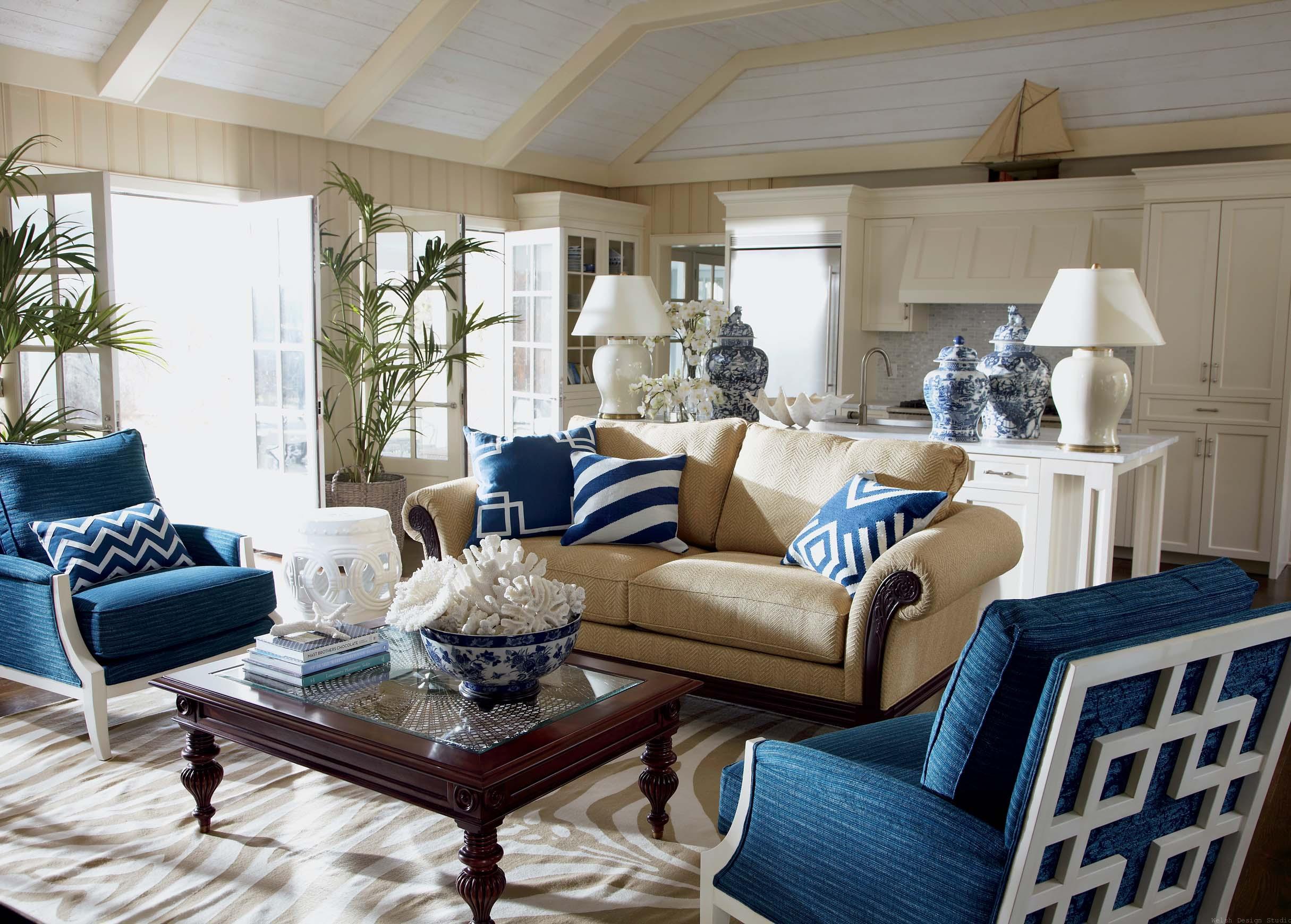
Image Credits: welshdesignstudio.com
Decorating in threes is a good way to reduce clutter while keeping the room kind to eye weight. You will want to choose decor items of different characters like texture, height, and color. The height is the easiest quality to target; you can draw attention to the tallest item that will direct the eye line to the shorter pieces. Notice the decor vases in the image above.
32. Redecorate Hallways

Image Credits: youtube.com
The hallway often presents free space that can make the house more welcoming and fun. Use the blank walls to display bold art or photos of your family members. Alternatively, you can repaint the walls with bold colors or apply a unique wallpaper.
33. Consider Lighting Temperature
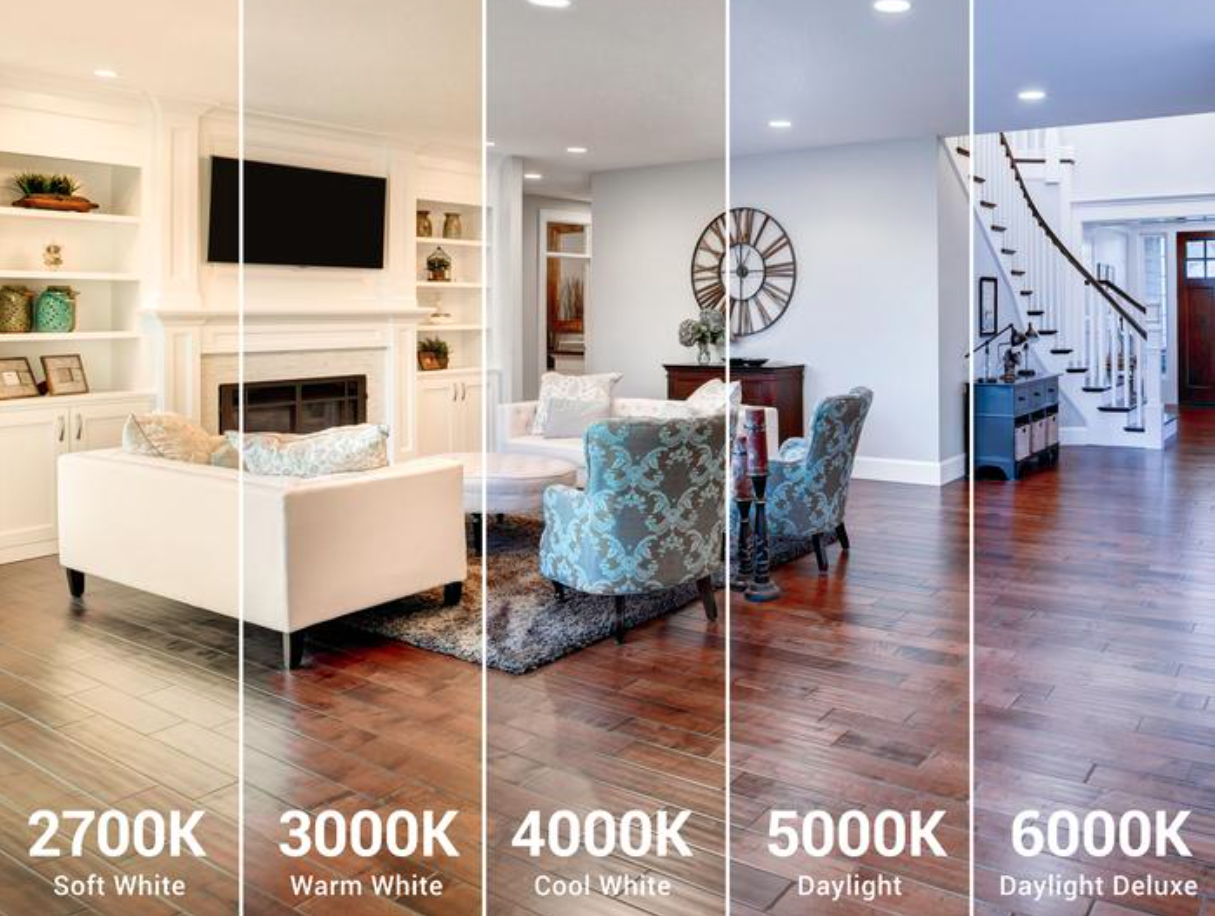
Image Credits: umbrellarealty.com.au
Light temperature can change the entire mood of a room. So, you want to ensure your light bulbs emit balanced color temperatures. For instance, balance the temperatures from the ceiling and accent lighting. On the other hand, you can opt for bright color temperatures in busy rooms like the kitchen and laundry room and warm colors for cozy living rooms and bedrooms.
34. Utilize Rugs
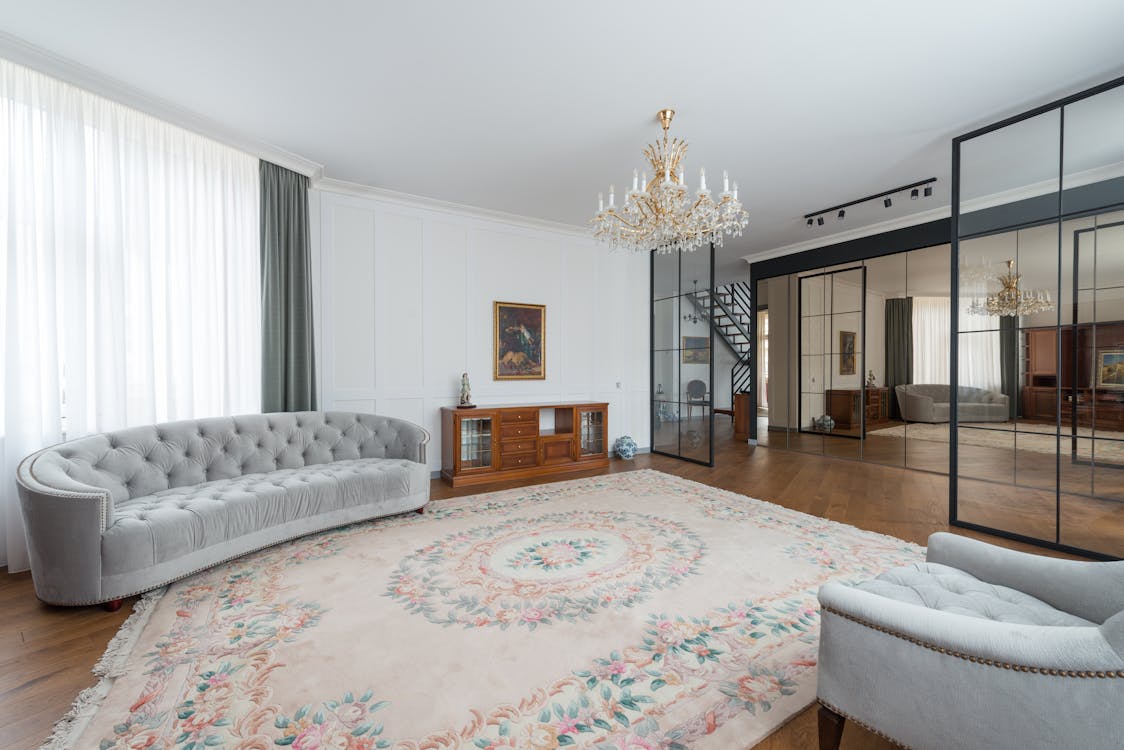
Image Credits: pexels.com
A rug in a room is fundamental for it grounds furniture, adds texture, defines boundaries, and displays your style. Opt for a big rug in most rooms to maximize functionality and make your rooms look bigger.
35. Decorate With Books

Image Credits: pexels.com
This tip is easy to pull off and also inexpensive. Books are conversation starters, so layer a few on the coffee table while you can have more in a study or on a wall unit or dedicated shelf.
Conclusion
Following these essential interior designing tips while redecorating your new home can save time, money, and energy. So, take a look at your space to see how you can transform a dull house into a welcoming, lovely home.

